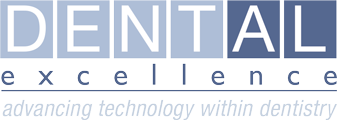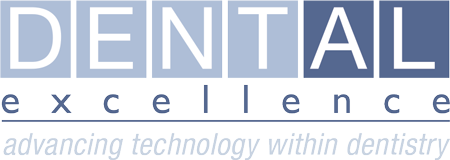We offer both a conventional and digital design service.
Conventionally
Two sets of models of the dentition are made from impressions taken by the dentist. Both sets are mounted on an instrument (Articulator) which represents the relationship and movements between the teeth in the upper and lower jaws. One set remain untouched in order to provide a record of the dentition prior to treatment. The second set are modified carefully and realistically to ensure that the changes made to the dentition are achievable. The sort of changes made include trimming over erupted and misaligned teeth so as to realign them and modifying the gum contours where they compromise the aesthetic appearance. Addition of missing teeth and with wax, redesigning the biting surfaces to function in harmony with one another and together with the jaw movements. Wax is also used to reshape compromised teeth to improve the overall appearance.
The modified models are duplicated. The original and duplicated, redesigned smile, models, (before and after), can then be used to plan a course of treatment (see Treatment Planning).
Digitally
Using STL files received online from the dentist, the files are created using an intraoral digital scanner, virtual images of the dentition and surrounding tissues can be digitally modified to produce an ideal dentition and appearance. The images can also be mounted on a virtual articulator enabling the dynamics to be evaluated.
As with the conventional process the alterations must be realistic and achievable. The advantage of this technology is that the new smile can be created together with the patient and its feasibility validated by the dentist and technician.



